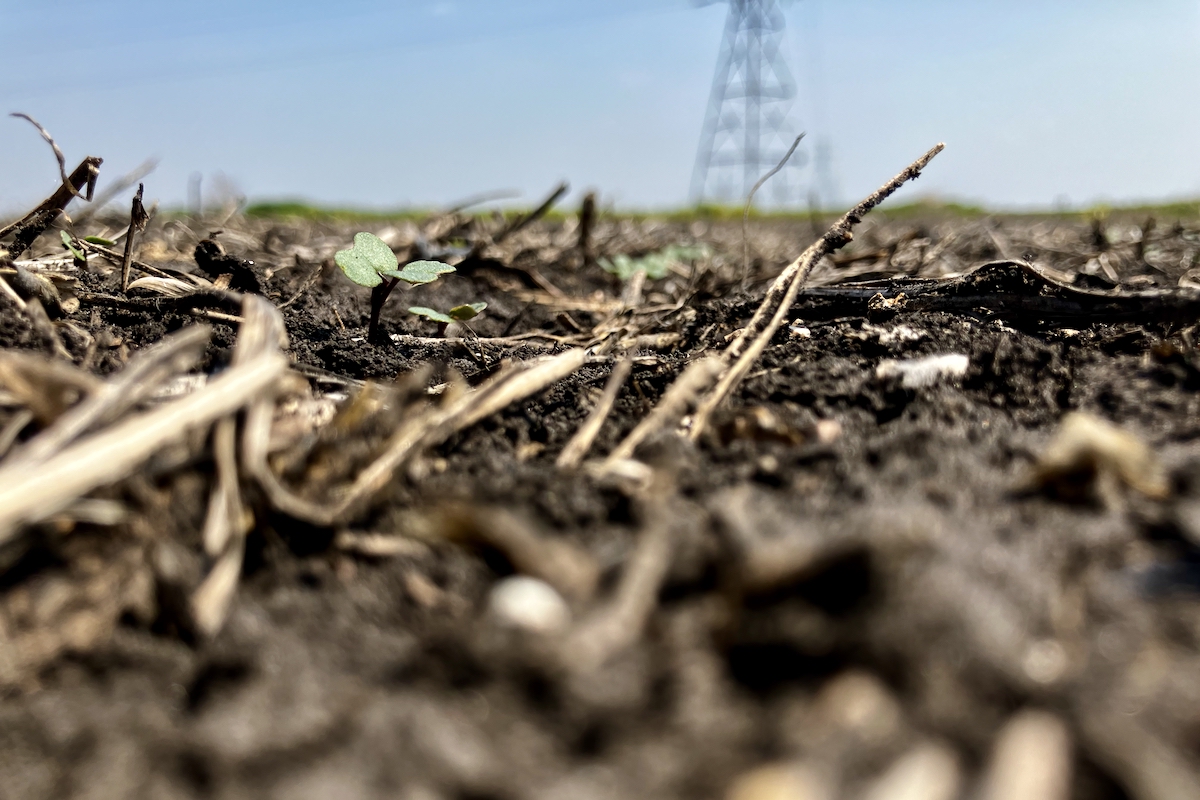RED DEER — Chicken producers are crying foul over the amount of imported mature birds entering Canada for processing.
Imports of mature birds from laying and breeding operations are growing each year and displacing domestic poultry, said Dave Janzen, chair of Chicken Farmers of Canada.
“We know consumers want chicken that is fresh and from a Canadian farm,” he said at the Alberta Chicken Producers annual meeting in Red Deer Feb. 26.
Last year’s imports increased 25 percent from 2011, with 106 million kilograms entering Canada. Most of it is used for further processing such as chicken nuggets and ground product, but some is sold as fresh.
Read Also

Crop input costs to rise in 2026: FCC
Crop input costs are expected to rise in 2026, while crop prices are expected to come down, according to Farm Credit Canada’s analysis.
It represents 10 percent of the Canadian market.
“While we see overall growth of chicken at the retail food service, the domestic chicken is not benefitting from this growth,” said provincial chair Erna Ference.
“It is a bonus for somebody importing it into Canada compared to domestic meat, but it is not the same quality because it is old, spent hens.”
There is no limit on how much can be imported because it does not come under the tariff rate quota rule. The national association has checked statistics and suspects young chicken is also being shipped from the United States.
“There is outright fraud. We are convinced of that. There is absolutely no way all that spent fowl coming into this country is actually spent fowl,” Janzen said.
He said some processors are using 51 percent fowl and 49 percent broiler chicken for further processed products to circumvent import rules.
The association is working with government and industry partners to identify the product. Canadian producers want it labelled and say government inspectors should certify that the shipments coming in are actually spent fowl.
Some products may not be easily identified and consumers may not know there is a difference, said Karen Kirkwood, executive director for Alberta Chicken Producers.
“They have new formulations now that make it a little more difficult to differentiate.”















